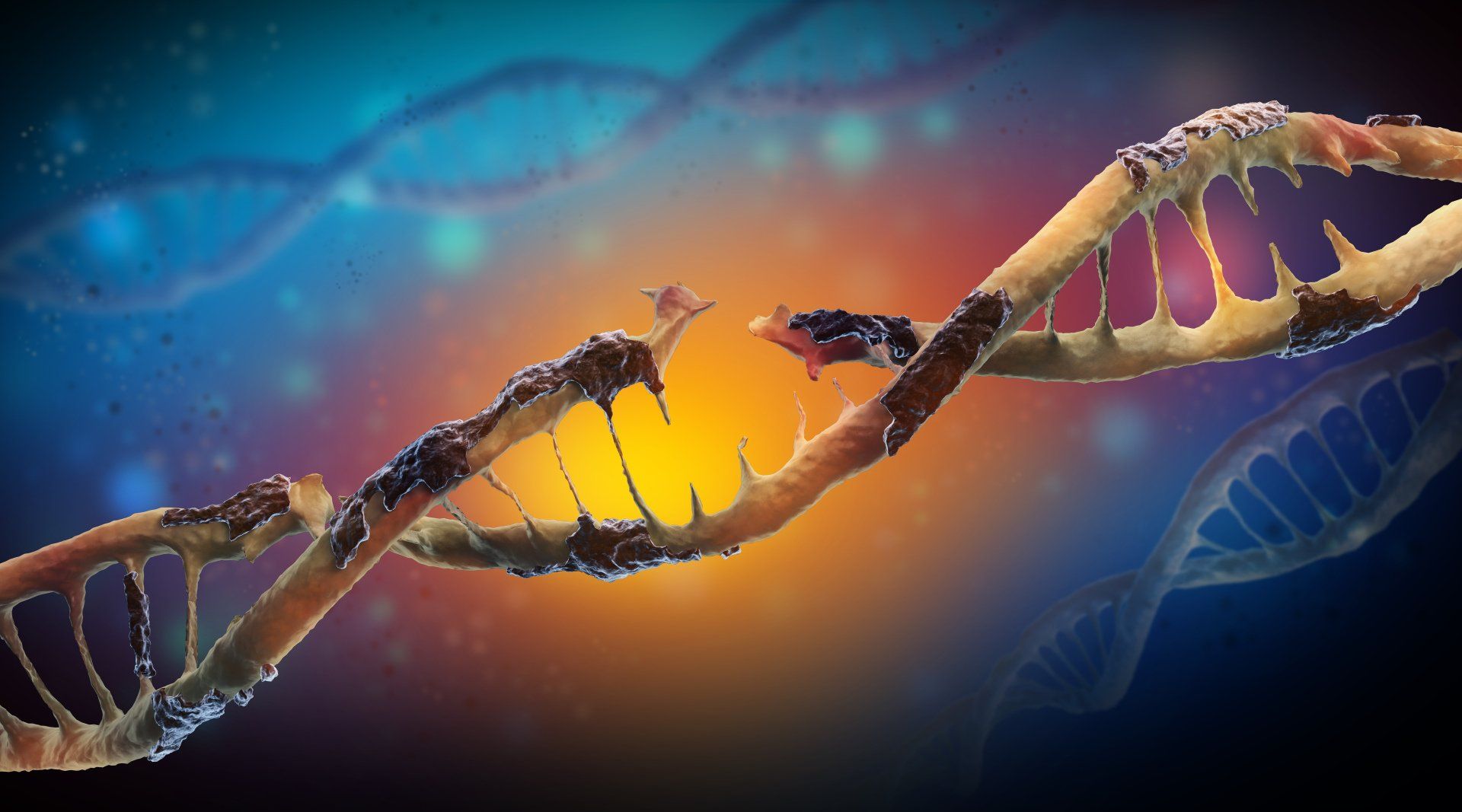Gene-edited foods
threaten your family's health
Support the AFFP campaign for effective safety screening and labelling of gene-edited foods
What is the problem?
Frankenfoods = health risk
⭕️ The UK Government has recently removed safety assessments and labelling from gene-edited foods. You and your family’s health is likely to suffer.
⭕️ The Genetic Technology (precision breeding) bill that was passed into law in March 2023 was founded on a MYTH that gene-edited plants and farm animals pose no more risk to our health and environment than conventionally bred ones.
Why should you care?
100 leading scientists and policy experts have made a joint statement that gene editing is not “precision breeding”. The term precision breeding is "technically and scientifically inaccurate and therefore misleads Parliament, regulators, and the public." They have raised concerns about health risks from gene-edited foods.³⁵
Gene editing = Russian roulette
The gene editing process is risky and imprecise. It produces unintended genetic mutations, ⁽¹ᵇ⁻²⁴⁾ ⁽²⁷⁻³⁰⁾ ⁽³²⁻³⁴⁾ which are likely to result in toxins and allergens in your food. Some could be life-threatening.
Gene editing = genetic modification
Leading scientists warn that gene editing is equally as dangerous, if not more so, than old-style genetic modification.³³ Gene editing results in unintended genetic modification,¹ᵇ⁻²⁴ which is a huge risk to your health and the environment.
Major health risks
Gold-standard scientific research shows that feeding animals genetically modified foods causes liver and kidney damage,⁵³ ⁵⁴ ⁵⁵ ⁵⁶ ⁵⁷ male fertility problems,⁴⁹ and many other serious health issues.⁴²⁻⁶⁵
The New Global Threat
from GMOS
The video explains the serious, wide-ranging, long-term dangers from new genetic engineering processes.
What is the solution?
✅ AWARENESS CAMPAIGN to inform politicians, the public and other environmental organisations of the dangers of gene-edited foods.
✅ SAFETY CHECKS. The scientific research overwhelmingly supports the need for stringent safety assessments.
✅ GMO LABELLING and traceability. This is essential so that the crops and products can be recalled if something goes wrong. It will allow consumers to choose what they eat.
✅ JUDICIAL REVIEW if necessary, to challenge the Government to rethink its legislation and base it on sound scientific research and prevention of dangerous, unintended genetic mutations in the food supply.
We need your help
Together we can stop this
Support the campaign
You can help us by donating towards a public awareness campaign to inform politicians of the risks of gene editing and toward legal action against the recent passed bill. They need to know why safety checks and GMO labelling on gene-edited foods are essential and must be required by law.
Share on social. Tell your friends.
Please follow us and share the Alliance for Food Purity campaign across all social media platforms. Ask your friends to write to their MPs also. We need to spread the word about the dangerous new Bill.
Read our latest updates
Never miss a message






